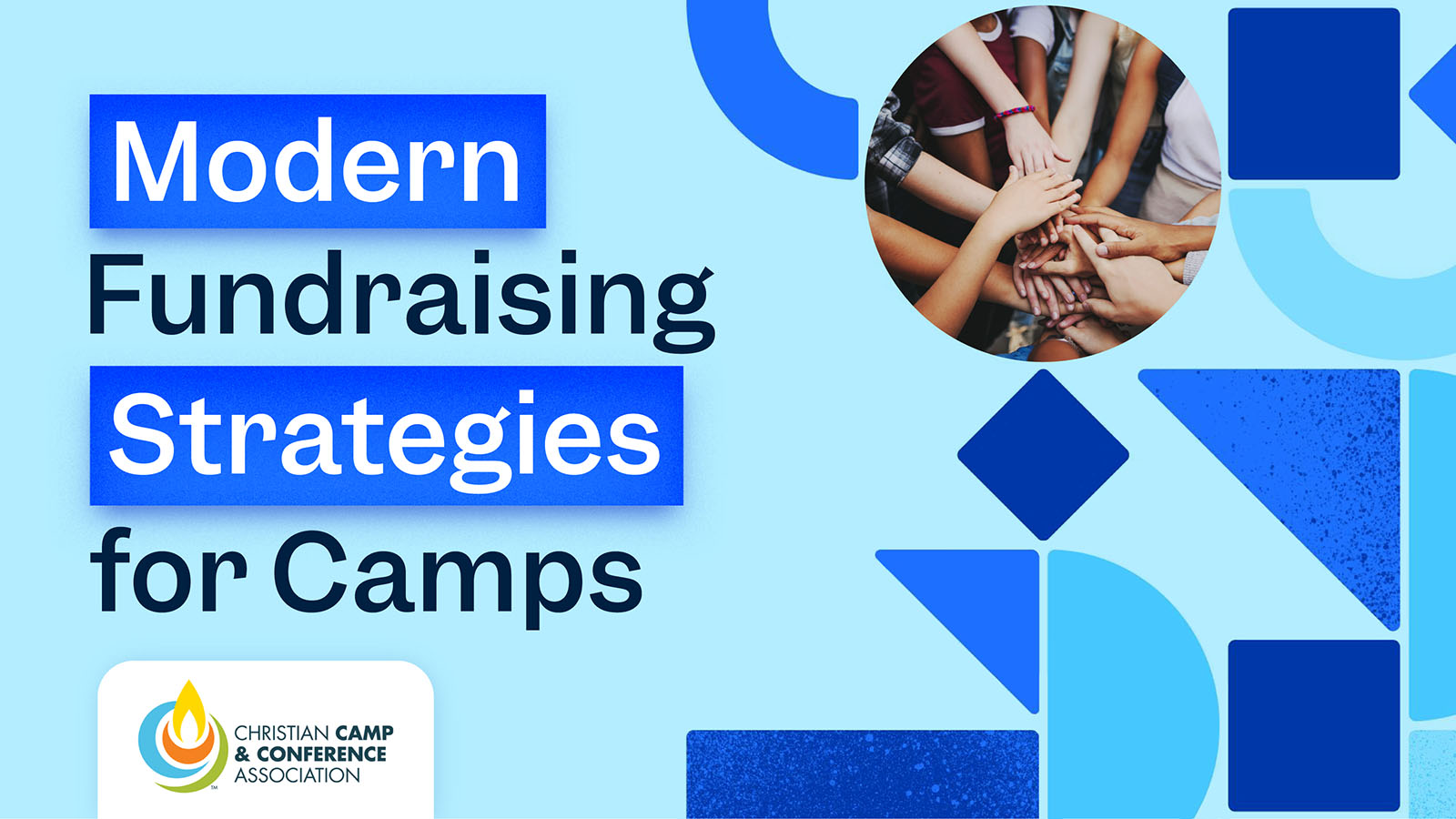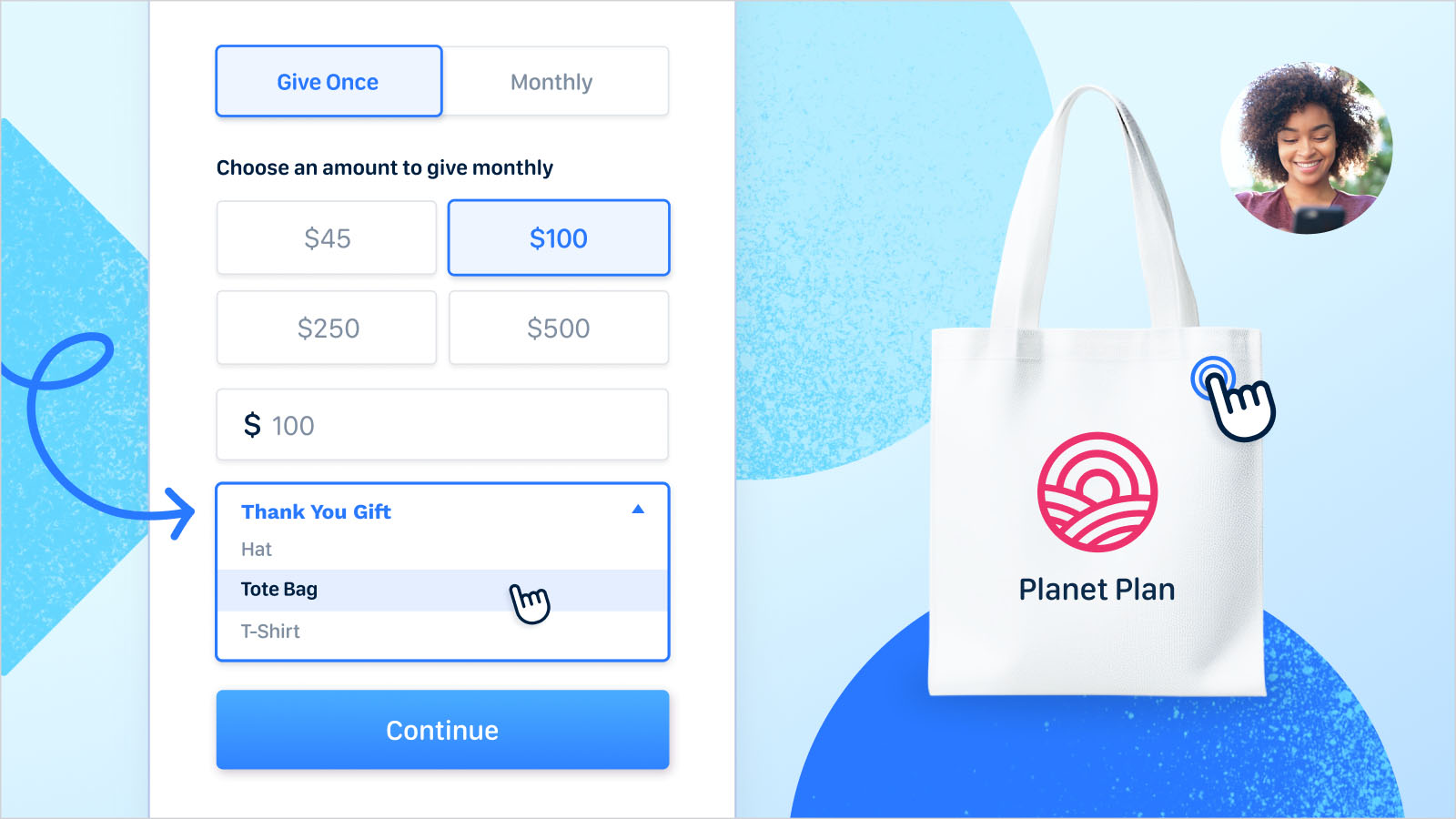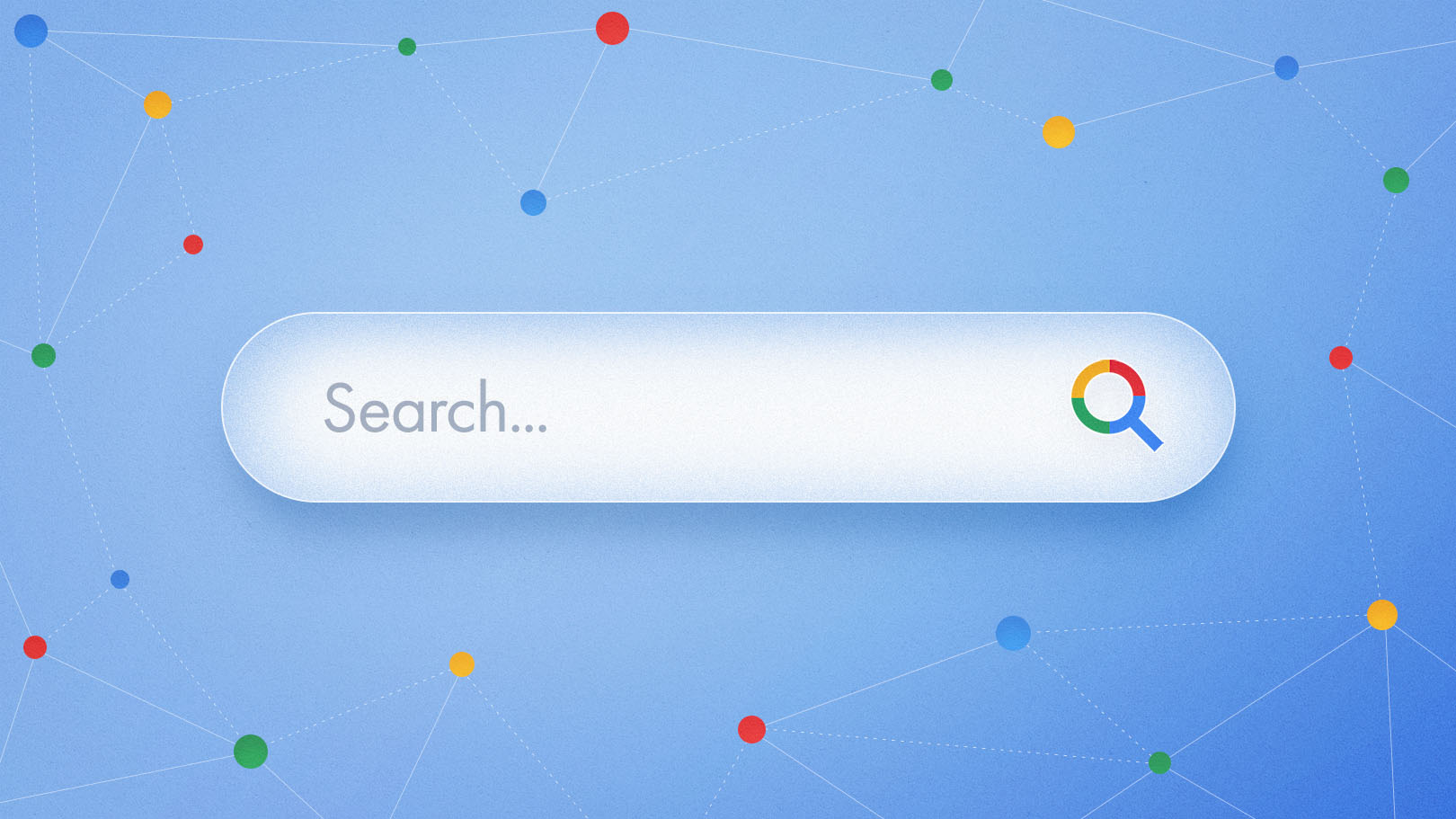As a tech-savvy nonprofit, you probably have an awesome website. And we're sure you have all the basic tools necessary for a smooth donation experience: the donation buttons, donation form, and donor CRM. (And if your CRM is Funraise, you're ahead of the curve—and we're not even a little bit biased.) But it's not just about checking off the boxes for your core digital fundraising tools. If you want to take a digital-first approach to encouraging prospects to become donors and encouraging donors to, well, keep donating, you need some (MP3) bells and (MP4) whistles in your tech toolbox. And one of our favorites is a chatbot.
A quick refresher: when we talk about chatbots, we mean those friendly little widgets that pop up in the corner of a website, offering help or guidance to unsuspecting website visitors. These robo-representatives have long been a fixture on e-commerce, banking, healthcare, and travel sites. And now, nonprofits are getting in on the non-human conversation.
Consequently, today we're spilling the digital beans on everything chatbot: what they are, what they do, why you want one, how AI has changed the game, and whether they'll one day become our robot overlords. (Answer to that last one: unlikely, but if it does happen, at least they make great small talk.)
Why is everything suddenly all chatbots, all the time?
We have a feeling most of your friends are software engineers. Still, you've got a point.
It started in March 2020.
Before then, a lot of nonprofits were, shall we say, technology-averse. Technology, after all, can be expensive. It can also be complex and disruptive, making it a hard sell in a field where there are never enough hours in the day. Then, a pandemic came along.
“Looking back, I think we’ve witnessed a decade of digital transformation in the last two years,” Beth Kanter told us.
We had the pleasure of sitting down with her and Allison Fine, both nonprofit trainers, consultants, and authors, for our Nonstop Nonprofit podcast. The duo published “The Smart Nonprofit: Staying Human-Centered in an Automated World,” so they know a thing or two about smart tech, including how chatbots affect customer engagement. “When the pandemic hit, nonprofits had no choice,” Beth adds. “It was about saving lives and delivering their services, so they had to move on things. So, we saw a lot of speed in adopting technology. A lot of the resistance melted away.”
Enter ChatGPT.
It was winter 2022. The days were short and dark. Suddenly, a light: OpenAI GPT-3 with large language models introduced us all to the magic (and technology) of generative AI. From there, even more organizations hopped on board the chatbot train, and talking with a computer became a part of our daily lives.
And guess what? AI expert, David Norris stopped by the Nonstop Nonprofit podcast as well! David builds custom AI agents and applications to address nonprofits' (the human agents) specific needs. Stuff like automations that reduce weeks of work to 10 minutes and conversational AI guides that accompany you through the digital universe. So, what's his take on AI-powered chatbots?
Even before ChatGPT, there were virtual assistants that you could build, but it was really cumbersome to build them prior to having access to these large language models like we have today," he explains. "With large language models ... [you can easily] build a relatively usable, sensible chat assistant. So ... the conversational interface is definitely a trend and something that I see compounding into the future to where we're going to be operating with websites that are conversational experiences.
It's clear that generative conversational AI is already having a huge impact on chatbots. But keep in mind that it's a different technology than you use for basic chatbots on your website, and implementing it could lead to inaccurate and/or biased information as well as privacy issues. If you want to dig in a little deeper, check out this report from MIT about generative AI's impact on chatbots.
Now, seeing as chatbots aren't going anywhere anytime soon, let's dig in to the details.
Give it to me straight: What's a chatbot and how does it work?
A chatbot is a computer program that can process written or spoken language, allowing it to communicate with your customer base and address their needs—just like a real live human agent. You've probably interacted with them dozens of times, from getting automatic texts about your DoorDash order to rescheduling a doctor's appointment online to asking ChatGPT to write you a limerick about baby goats in sweaters. (All the hard-hitting customer queries.)
And why do I need a chatbot?
Let’s start with the fact that website visitors are 82% more likely to pull out their wallet if they’re engaged in live chat. If you're looking for a kickass conversion rate, fusing Funraise's awesome 50% converting donation form with a chatbot might just be magic. What's more, a whopping 89% of consumers who use a generative AI chatbot report being satisfied with the experience! (There's that customer satisfaction with the customer experience!) And yet only 12% of NGOs worldwide have a chatbot! Sounds like it’s time to change that. If you want a full list of the reasons you want one of these chatty botties, head on down to our “Chatbot benefits” section.
How does a chatbot work?
The simplest chatbots guide users through a conversation with pre-defined choices. The chatbot asks simple questions and offers a set number of answers; the user then selects one of them. It's basic, but it works! If you want your chatbot to answer open-ended questions, it will use some combination of machine learning, artificial intelligence, and natural language processing to figure out what you need. Basically, conversational chatbots can convert text to data and vice versa. It recognizes patterns and learns from customer interactions. Then it engages in conversations.
There's a lot more to it than that, of course, but you get the idea.
I've heard chatbots are evil.
That was quite the leap. Here's the thing: “Chatbots” are a type of “bot,” but people frequently get “chatbots” and “bots” confused. “Bots” are just software that performs automated tasks. On occasion, they've been used by hackers, hence the bad rep. But this is rare, and this is not referring to modern chatbots. Chatbots are nice and helpful. They're good listeners. They just want to make things easier for you.
But what about the human touch?
There's no substitute for the relational nature of nonprofit work and fundraising in particular—and chatbot technology isn't here to take over your jobs. Chatbots can't build relationships and connect on an emotional level. But what they can do is answer basic customer questions quickly with relevant responses, which is good for donors and good for you.
“We [see smart tech and chatbots] as an opportunity to relieve staff of rote tasks, like answering the same questions all day or doing paperwork ad nauseum. It allows staff to do what people ought to do: build relationships, tell stories, plan, dream,” affirms Allison.
So, if someone is considering joining your board, they're not going to find what they need in a chatbot—you'll still need that human intervention. If they want to know the drop-off hours for your food bank, a conversational chatbot with human-like responses will prove very useful.
That was a delightful discussion! Now, onto the cold, hard (but also very welcoming and non-threatening) chatbot facts.
Ok, I'm sold. How do I get a chatbot?
Well, that's a more complex question than it seems; it depends on what your site is built on (WordPress, Squarespace, etc), what you're trying to do within the chat functionality (provide instant responses to FAQ, direct website visitors to a donation page), how techy you want to go, and how much you have to spend. But we do have a couple of places you can start: GoodUnited for Facebook messaging, TechSoup for nonprofit tech tools, and our favorite, go to a website you like—nonprofit, e-commerce, or service—and see how they're engaging through chat!
Chatbot benefits
There are a lot of reasons to add a chatbot to your nonprofit site, starting with:
Chatbots are convenient.
Customer expectations are that they can get answers anywhere, anytime. Chatbots meet your donors where they already are, so it's a great idea to integrate a chatbot while building a nonprofit website. They make it easy for donors to reach out to your organization with any questions that suddenly come to mind. And according to Facebook, 56% of people would rather message a chatbot than call customer service.
Chatbots are efficient.
Your staff members are busy, and smart chatbots can save everyone a lot of time. “[Many of us] work in these cultures of constant interruption, and it's very hard to actually get to the work. So, anything that can engage with the public, treat people well, answer those questions, and allow staff to get on with more meaningful work would be an enormous benefit,” says Allison.
Chatbots save money.
Greater efficiency means cost savings. Chatbots can answer multiple people's questions at the same time, freeing up your staff to do that important, strategic work we keep talking about. In fact, Tidio found that the total cost savings from chatbots reached around $11 billion in 2022.
Chatbots are easy to install.
High-tech though these widgets may be, a chatbot’s installation is as easy as copying and pasting a little bit of code, courtesy of your chatbot provider.
Chatbots give you leads and collect data.
Chatbots can learn a lot about the humans they're chatting with—such as why they're visiting your page.
Chatbots work 24/7.
These days, everyone expects a quick response—and that's tough for short-staffed nonprofits. A chatbot is always available, even if someone has a question at 3:00 AM. In fact, "getting help 24/7" is the number one reason customers turn to chatbots, with "receiving a fast reply" running a close second.
Where to use chatbots
Chatbots are everywhere these days! Well, not everywhere. They're not, like, sitting at your favorite coffee shop, sipping a double caramel macchiato. Anyway, consider adding a chatbot to:
- Your website. As we've discussed, add a chatbot to your lonely lower-righthand corner to respond to frequently asked questions and collect visitor information.
- Facebook Messenger. Set up a custom chatbot on your social media platforms to welcome visitors, provide them with automated responses, and direct them to the appropriate page on your website.
- Slack. Create bots for your workspace to monitor channel activity, post automated messages, and make messages interactive with buttons.
- Twitter. Build a chatbot to manage common questions and respond to people instantly.
How to use chatbots
If you're interested in moving forward with this relationship, you'll need to decide what system you'll be using. Once you've handled that, here are some starting points:
- Consider FAQs. What questions do your staff members get asked again and again? Make a list and build it out as a jumping-off point for your chatbot.
- Think about voice. This is where your brand guidelines come into play. Your smart chatbot should reflect your organization, so make sure it “speaks” like you do.
- Think about tone. Your organization's voice doesn't change, but your tone does, so a good chatbot changes its tone based on the situation. A donation question? Celebratory! A complaint? Remorseful.
- Say hello. Decide what your chatbot will say when people first meet it. Remember, you want to encourage people to interact with it.
- Account for errors. Even the best chatbots mess up, so make sure your error messages are helpful and straightforward.
Nonprofit chatbot examples
So, what can a chatbot do you? Here are a couple of stand-out chatbot examples to inspire your own, courtesy of Allison and Beth. And you can check out tons of examples of successful smart tech in their book.
- Lawyers' Committee for Better Housing, a nonprofit organization, developed the Rentervention chatbot to help Chicago tenants navigate housing issues due to COVID-19. Renny, the chatbot, is “a tenant's best friend,” teaching renters about their rights and connecting them with volunteer attorneys for free legal advice.
- Doctors Without Borders/Médecins Sans Frontières, the international humanitarian medical organization, created a chatbot to answer common questions about the COVID-19 pandemic. The chatbot freed up staff members to engage with the community on social media, discussing more nuanced issues like mental health and anxiety.
We've got one more example from Funraise customer Stop Soldier Suicide, a nonprofit that, in conjunction with Funraise and GoodUnited, raised $4M and gained 100k new donors in 2020 through Facebook fundraising. Their dedication to meeting donors where they're at (using chatbots) has led to phenomenal success.
So, sure: chatbots aren't a core digital fundraising tool—without one, you'll be able to collect donations, keep track of your donors, and get the word out about your nonprofit's mission. But they're undeniably useful. In the grand scheme of things, it takes very little effort to add and operate a chatbot on your nonprofit's website—but it might make converting from a prospect to a donor a lot easier for someone who could have gone either way.
Chatbots: Key takeaways
- A chatbot is a piece of software that can process written or spoken language, allowing it to communicate in real-time with live human beings.
- Chatbots have a lot of benefits for nonprofits, but above all else, they free up busy staff members from answering rote questions.
- There are plenty of platforms that allow you to build AI chatbots with zero coding skills. You just add your text and drag-and-drop it to create user flows.
- Chatbots aren't a good solution for nuanced or complicated questions. That's why you have trained staff members!
- You can find chatbots on websites, social media platforms, Facebook Messenger, Slack, WhatsApp, Skype, and more.































.webp)
.webp)











.webp)
.webp)

.webp)
.webp)
.webp)




